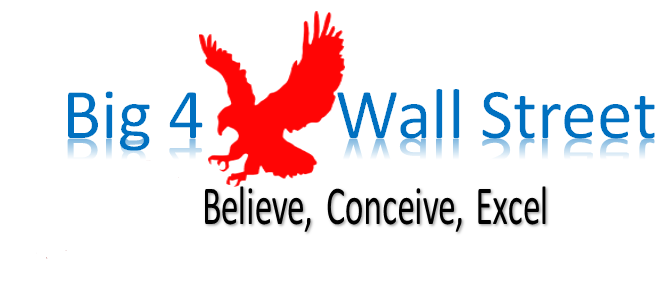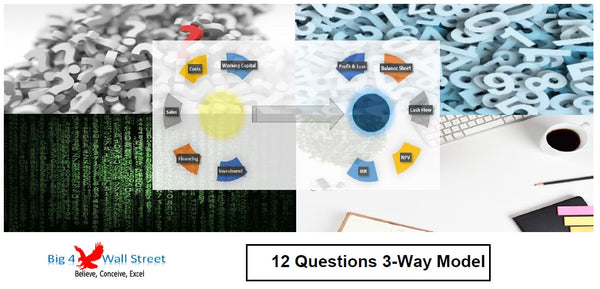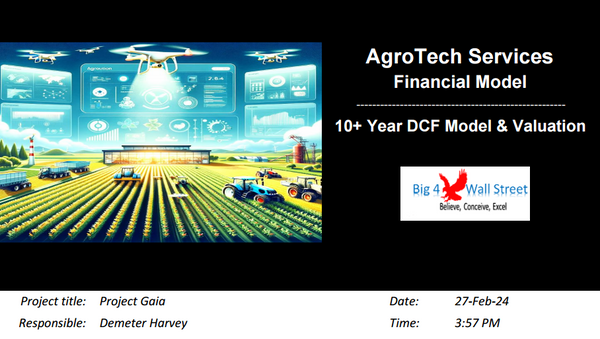Shared Use Kitchens Financial Model
Shared Use Kitchens Financial Model presents the business case of a commercial shared use kitchen with 21 stations that generates revenues by renting the kitchen space and storage amenities to tenants. The model generates the three financial statements as well as the cash flows and calculates the relevant metrics (Net Present Value, Internal Rate of Return, payback period, Profitability Index etc...). The financing options for the project include a standard long term loan as well as an overdraft facility and of course equity funding from investors.
So a quick overview of the model, in the contents tab you can see the structure of the model and by clicking on any of the headlines to be redirected to the relevant worksheet.
On the manual tab you are able to feed the general information for the model such as: model name, responsible, timeline of the model and date and currency conventions.
Additionally there is a description of the color coding of the model in the same tab. Inputs are always depicted with a yellow fill and blue letters, call ups (that is direct links from other cells) are filled in light blue with blue letters while calculations are depicted with white fill and black characters.
There is also a color coding for the various tabs of the model. Yellow tabs are mostly assumptions tabs, grey tabs are calculations tabs, blue tabs are outputs tabs (that is effectively results or graphs) and finally light blue tabs are admin tabs (for example: the cover page, contents and checks).
Guide Tab: this tab helps you to gain a grasp of the main value drivers of the model and understand the critical issues of the business.
Moving on to the Inputs (in yellow whatever can be amended as an assumption): detailed inputs for revenues (location assumptions, kitchen stations allocation, available hours, pricing & usage, number of clients both per hour clients as well as anchor clients), costs (rent, labor, utilities, maintenance and cleaning, insurance, security, wifi, licenses, advertising and promotions), working capital (receivables, payables, cash and overdraft), fixed assets and capex (such as building refurbishments, kitchen equipment, furniture and tableware, automation systems), financing (long term debt and overdraft facility), equity financing as well as valuation assumptions (such as discount rates used in the weighted average cost of capital tab or WACC).
Calculations: this were all calculations are performed. The revenues from the space rental to the tenants is calculated (appropriate checks have been implemented in order to ensure that capacity of the kitchen has not been exceeded) and deducting the operating costs adjusted for inflation the operating profit is resulting. Based on the assets financed and the gearing of the financing the interest and depreciation are occurring. By using the working capital assumptions the impact of the business cycle is presented. Finally depending on the level of the investment considered the relevant debt financing is calculated (Long term debt and overdraft).
In the financial statements tab: everything is aggregated here into the relevant statements: profit and loss, balance sheet and cash flow.
Moving to the Valuation tab, a valuation is performed by using the free cash flows to the firm and then a series of investment metrics are presented (Return on Equity, Internal Rate of Return, Net Present Value, Profitability Index , Payback Period). Don't forget you need to enable macros only in order to calculate the Internal Rate of Return (IRR) otherwise you don't need it everything is calculated on the spot.
KPIs tab: in this tab you can see a quick summary of the main highlights of the model for the Income Statement, the costs, various ratios, the balance sheet and the cash flows, as well as valuation metrics.
Graphs: Various graphs present the clients and capacity usage, revenue split per client, and total hours per year. Then multiple charts present the performance of the project from revenues to bottom line along with debt, assets, working capital and cash flows which results in a valuation on a project basis as well as on an equity basis together with the internal rate of return of the project and payback period metrics.
Checks: A dedicated worksheet that makes sure that everything is working as it should!
Important Notice: Yellow indicates inputs and assumptions that the user is able to change, blue cells are used for called up cells, and white cells with black characters indicates calculation cells.




